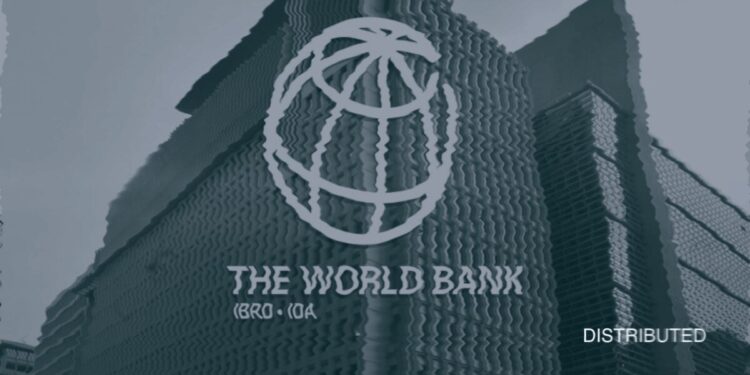In a sobering report released on Sunday, the World Bank revealed that the world’s 26 poorest nations are grappling with their worst financial situation since 2006. These countries, home to 40% of the globe’s most impoverished individuals, are facing a perfect storm of mounting debt, increased vulnerability to natural disasters, and the lingering effects of the COVID-19 pandemic.
The study paints a grim picture of economies that have yet to recover from the global health crisis, even as the rest of the world rebounds. The timing of this report is crucial, coming just a week before the World Bank and International Monetary Fund’s annual meetings in Washington.
The findings underscore a significant setback in the fight against extreme poverty. With annual per-capita incomes below $1,145, these nations increasingly depend on grants and near-zero interest-rate loans from the International Development Association (IDA), the World Bank’s fund for the poorest countries.
World Bank chief economist Indermit Gill emphasized that over the past five years, IDA has channeled most of its financial resources into these 26 low-income economies, keeping them afloat through unprecedented challenges.
The financial strain on these nations is evident in their average debt-to-GDP ratio, which has hit an 18-year high of 72%. Alarmingly, half of the group is either already in debt distress or at high risk of falling into it. This crisis primarily affects countries in sub-Saharan Africa, including Ethiopia, Chad, and Congo, but also extends to nations like Afghanistan and Yemen.
Compounding the issue, two-thirds of these countries are embroiled in armed conflicts or struggle with institutional and social fragility, deterring foreign investment. Their heavy reliance on commodity exports exposes them to volatile boom-and-bust cycles, further destabilizing their economies.
See Related: Celcius Repays $120M In Debt To Safeguard Against Its Liquidation
Damages Of Natural Disasters
Natural disasters have also severely damaged these vulnerable nations. Between 2011 and 2023, such calamities were associated with average annual losses of 2% of GDP—five times higher than in lower-middle-income countries. This stark difference highlights the urgent need for increased investment in disaster preparedness and resilience.
As the World Bank aims to raise over $100 billion by December 6 to replenish the IDA fund, the report also calls on these struggling economies to take proactive measures. Recommendations include improving tax collections by simplifying registration processes and enhancing the efficiency of public spending.
Looking ahead, the path to recovery for these nations remains challenging. The compounded effects of debt, conflict, and climate vulnerability create a complex web of obstacles. However, with targeted international support and internal reforms, there’s hope for a turnaround. The global community’s response to this crisis will be crucial in determining whether these countries can break free from the cycle of poverty and build more resilient economies.
As the world watches, the upcoming World Bank and IMF meetings may prove pivotal in shaping the future of global poverty alleviation efforts. The decisions made and commitments secured in Washington could mark a turning point for millions of the world’s most vulnerable people, potentially setting the stage for a more equitable and stable global economic landscape in the years to come.



